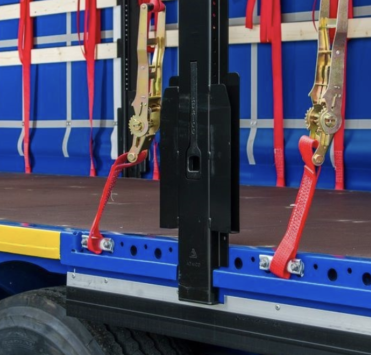What is a feeder vessel?

A feeder vessel (or feeder) is a type of maritime vessel used for transporting containers between smaller ports and large port hubs, where further loading onto large ocean-going container ships takes place. This form of shipping plays a crucial role in international logistics, particularly on routes with limited capacity and in regions with less developed port infrastructure.
Features of Feeder Vessels
Feeder vessels are generally smaller in size compared to ocean container ships. Their carrying capacity can range from a few hundred to several thousand TEUs (twenty-foot equivalent units). The average feeder can carry about 1,000–3,000 TEUs.
Key characteristics:
- Size and maneuverability: Thanks to their compact size, feeder vessels can enter small ports where large container ships cannot dock due to depth or infrastructure restrictions.
- Route flexibility: They can quickly and efficiently service various routes, connecting smaller ports with major transport hubs, which significantly speeds up cargo delivery.
- Logistics optimization: Feeders allow larger vessels to focus on major international routes, avoiding the need to enter every small port, which reduces fuel costs and time.
The Role of Feeder Vessels in Global Trade
Feeder shipping has become an integral part of the global transport system. These vessels are used to collect containers from smaller ports and deliver them to major hubs, such as the ports of Shanghai, Rotterdam, Hamburg, Singapore, and others. In these hubs, containers are reloaded onto large-capacity ships that transport them to other parts of the world.
For some regions, particularly island nations and countries with an extensive network of small ports, feeder vessels are the main way of ensuring regular supply and export. This creates vital economic connections and contributes to stable international trade.
Advantages of Feeder Vessels
- Cost-effectiveness: The use of feeders reduces transportation costs by optimizing routes and concentrating cargo flow through major hubs.
- Increased accessibility: Feeders can operate in ports with limited infrastructure capabilities, providing logistical flexibility.
- Environmental efficiency: By rationally using vessels and routes, greenhouse gas emissions per unit of cargo transported are reduced.
Feeder Vessels in Ukraine: New Routes Amid the War
With the start of the war in Ukraine, traditional routes through the country's ports were threatened. However, feeder vessels continue to play a key role, using alternative routes through Turkish ports (Istanbul, Mersin) and Romanian ports (Constanta). These hubs have become important points for cargo redistribution and maintaining stable trade with Ukraine.









